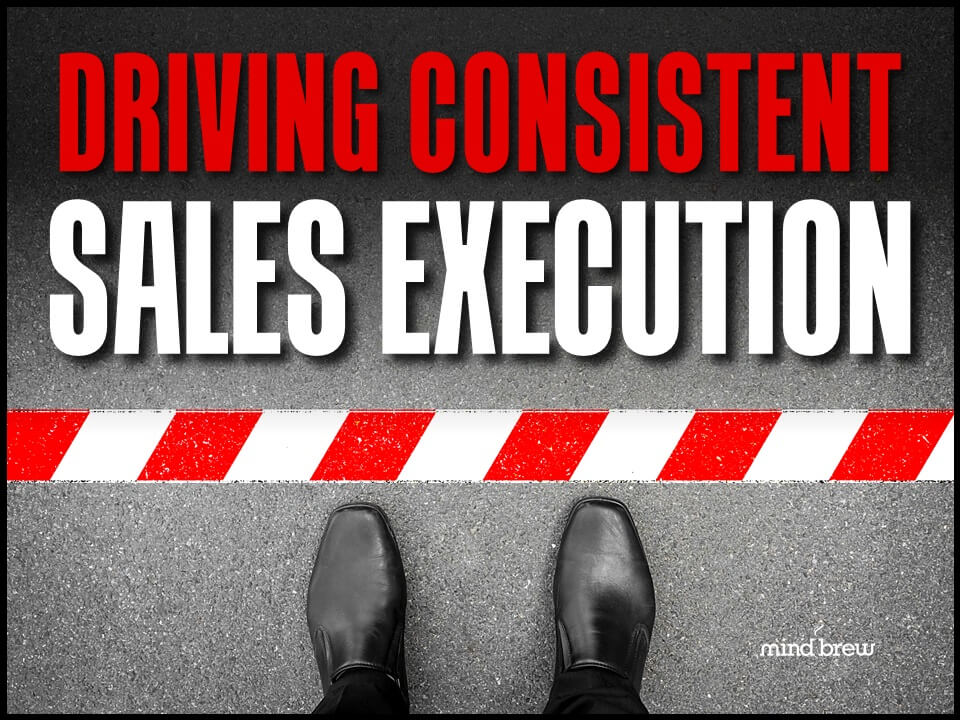For most companies, there’s a point in their corporate growth and development lifecycle where the focus of the sales team needs to shift.
As a company does business with a larger and larger share of a defined market, the available prospect pool necessarily shrinks, and the existing customer base becomes the more reliable and cost-effective source of revenue growth.
Early on in the life of a company, it’s perfectly appropriate for the sales organization to focus almost exclusively on new customer acquisition. But over time, as the company matures and the roster of existing customers expands, the balance between “hunting” and “farming” will likely need to change.
For some sales teams, making this shift is not easy or obvious. It can be very challenging for a sales team with an ingrained “hunter” mindset to recognize the need for the “farming” shift in the first place, let alone change their behaviors and actions accordingly.
If you’ve ever seen a sales rep spend six months chasing a new prospect worth $50K while ignoring 10 existing customers with $50K of untapped opportunity each, you know just how ingrained the hunter mindset can really be.
But there are a number of things that Sales Ops can do to help…
- Expose the shift in growth potential. On the one hand, you could show the increasing cost of acquisition, the reduction in the number of prospects or the shrinking size of untapped addressable market. On the other hand, you could quantify and highlight the untapped potential in the existing customer base. The fact is, most companies don’t spend a lot of time thinking about…or quantifying…how large or small their addressable market might be at any given point, so this can be a real eye-opener.
- Expose the high cost of revenue attrition. Measure and quantify the amount of revenue you’re no longer getting from existing customers, period over period—i.e. they did $10M last period, bu they’re on pace to do just $5M this period. This can help to expose both the cost and opportunity associated with focusing more attention on existing customers. Again, it can be a real wake-up call when people see how the baseline revenue they’ve been counting on is slipping through their fingers, putting them in a hole before the next period even starts.
- Put the opportunities right in front of them. Don’t wait for them to “get it” and shift their focus on their own. Leverage your historical sales data to identify and quantify account expansion and retention opportunities. Then, serve them right up to your salespeople as “to do” items. If your sales team is wired to hunt, then just show them the prey. This way, they really don’t have to make a conscious decision to “farm” their existing customers—because you’re converting something strategic (which is hard) into something very tactical (which is much easier).
Getting a sales team to make this type of shift in focus is never easy. But you know that salespeople…or any people, for that matter…will want to achieve their targets in the easiest way possible. So as it becomes increasingly difficult to acquire new customer revenue, taking steps to expose a source of growth that’s more accessible and easier to secure can go a very long way.














